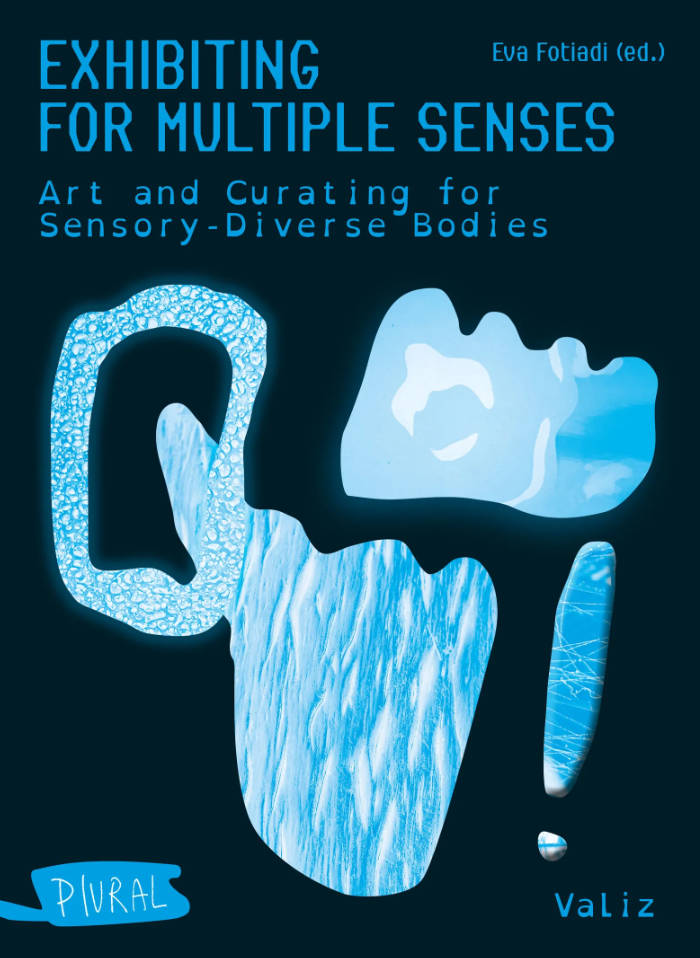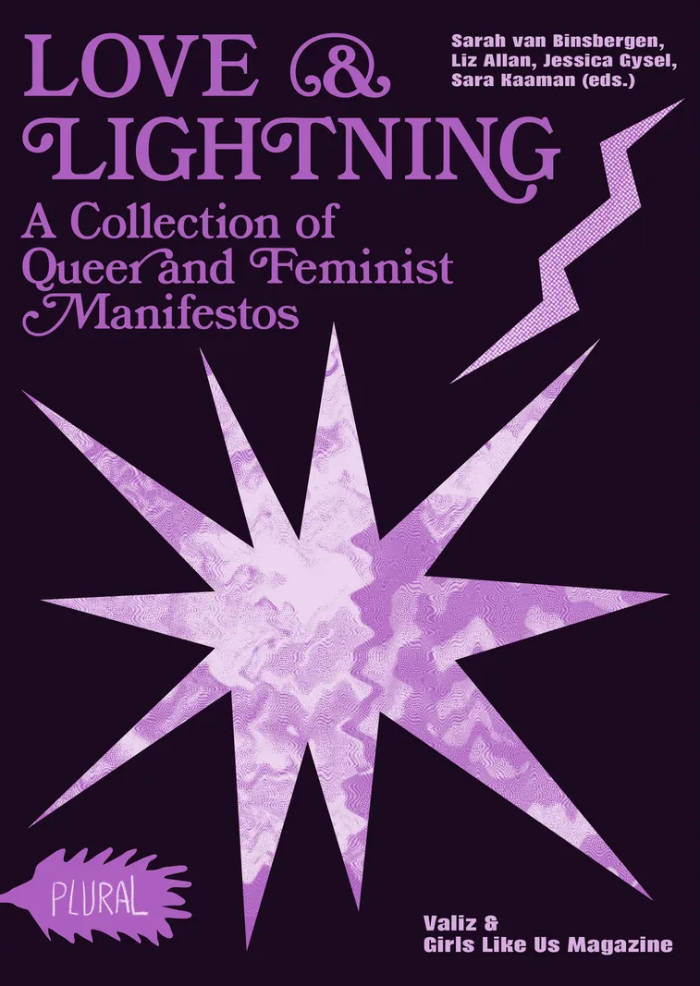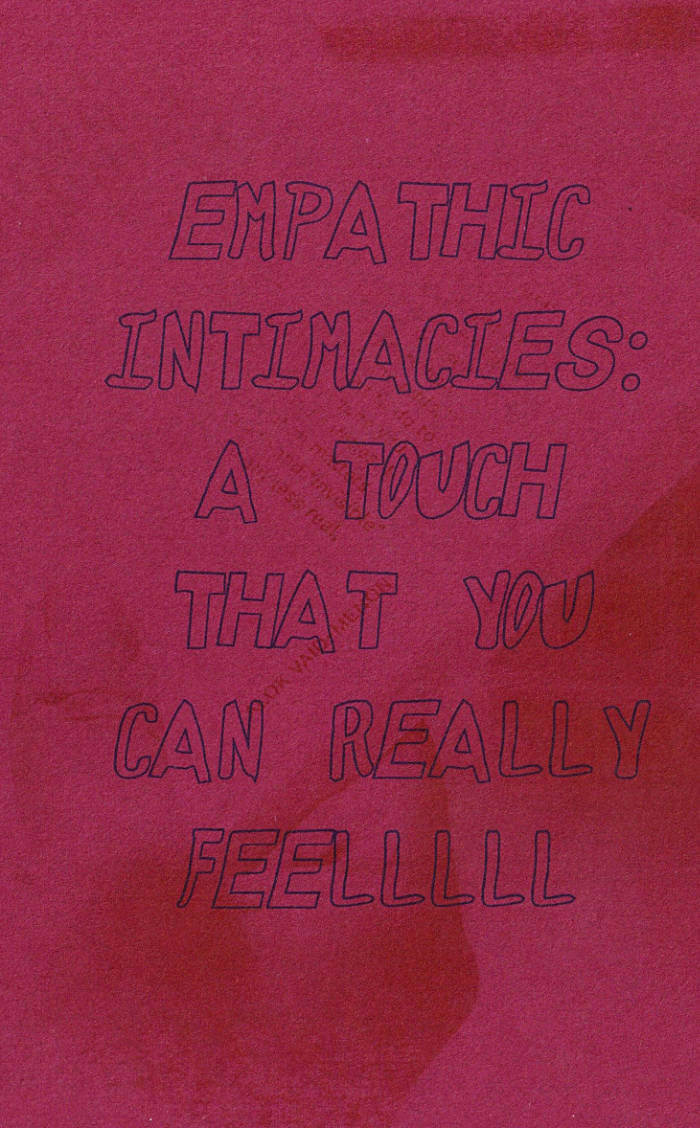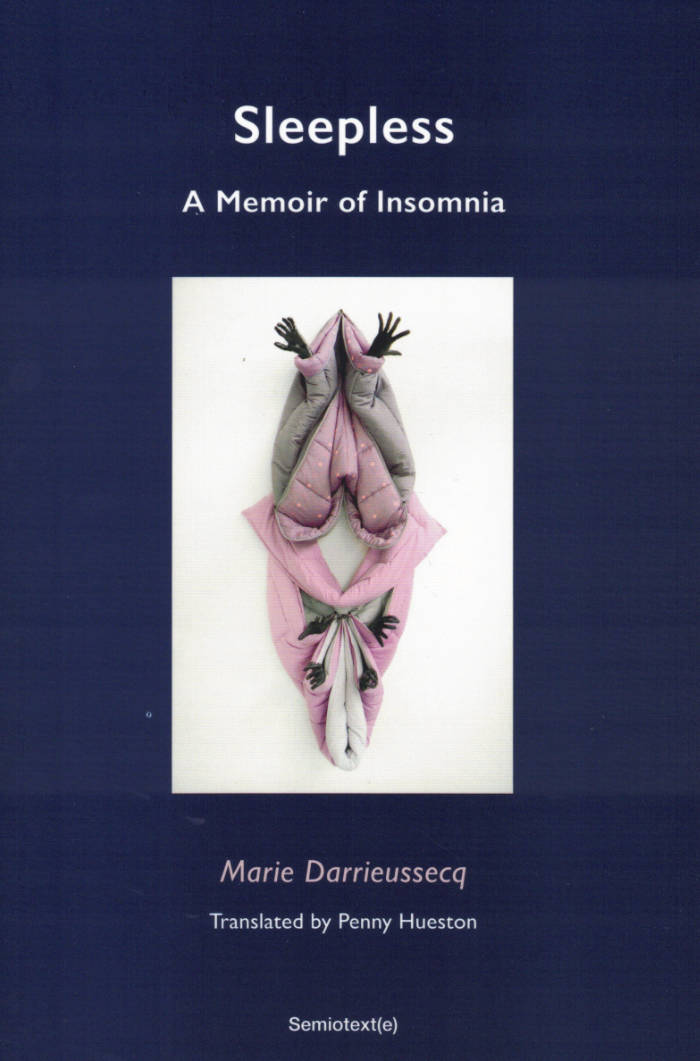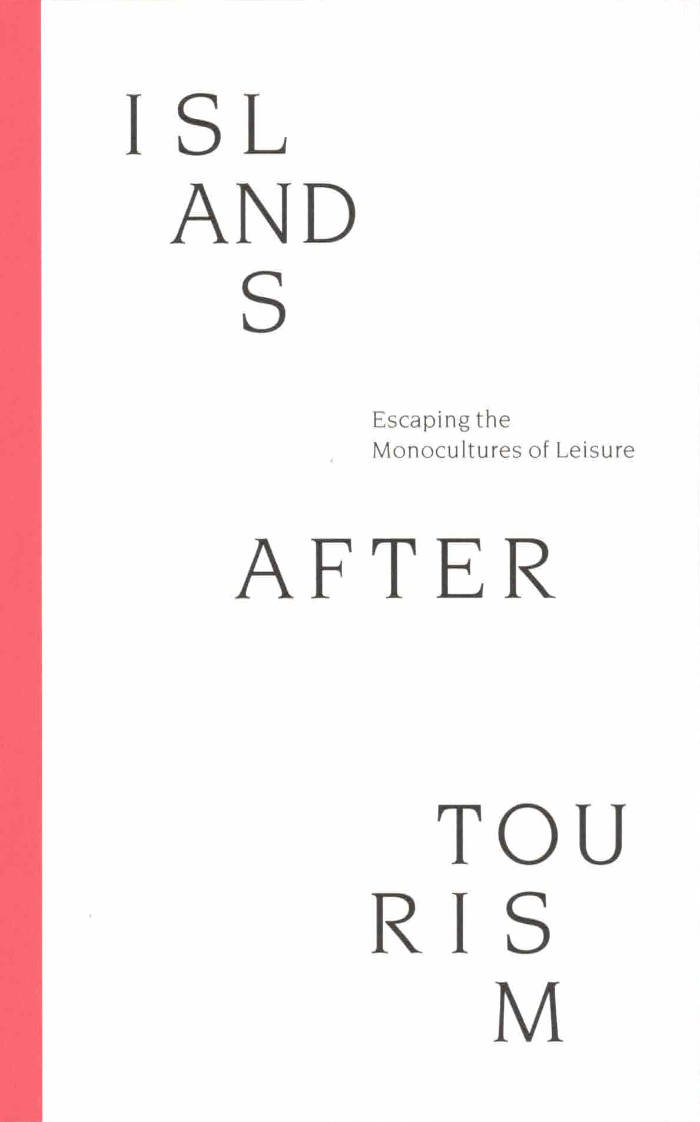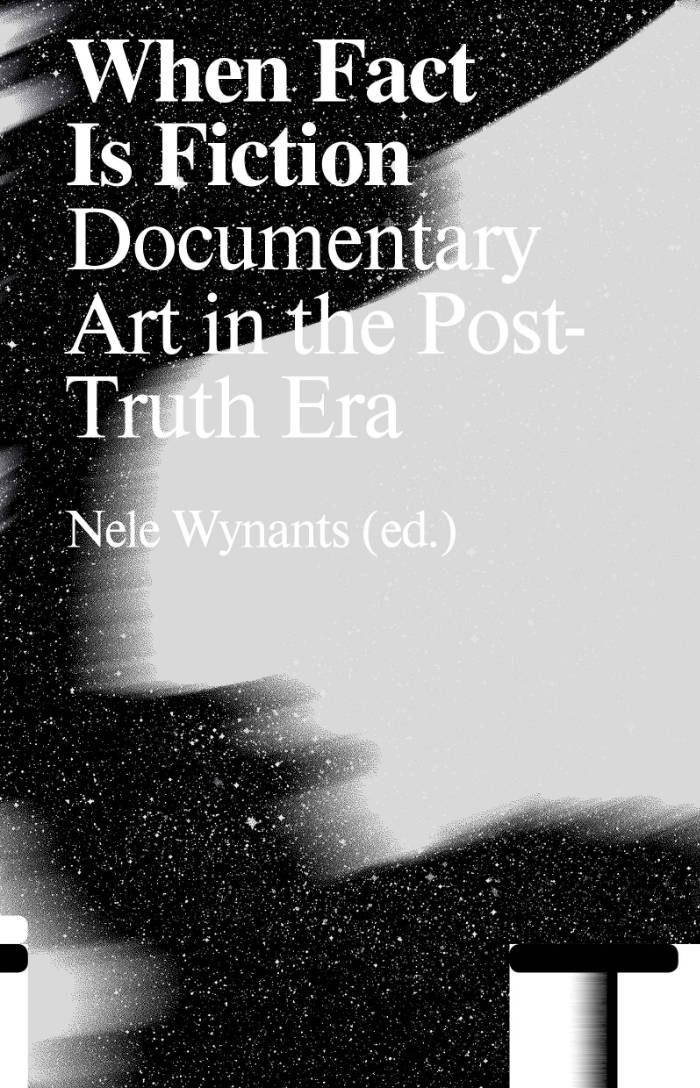
When Fact Is Fiction
Nele Wynants ed.
What is the value of fiction at a time when fake news, alternative facts, and infotainment undermine the integrity of politics and media? This question is the common thread of When Fact Is Fiction. It brings together contributions by and about artists who probe the boundaries between fact and fiction. The ambiguous relationship between the documentary and the imaginary has been investigated and questioned within the arts for decades. The artists discussed in this volume deliberately blur the boundaries between what is generally known as ‘fiction’ and as ‘reality’. They share a fascination with the same problem: the impossible challenge of representing reality. Their artistic re-interpretation of oral and archival sources often has an explicit critical potential to rewrite history, rethink our present time or imagine possible futures.
